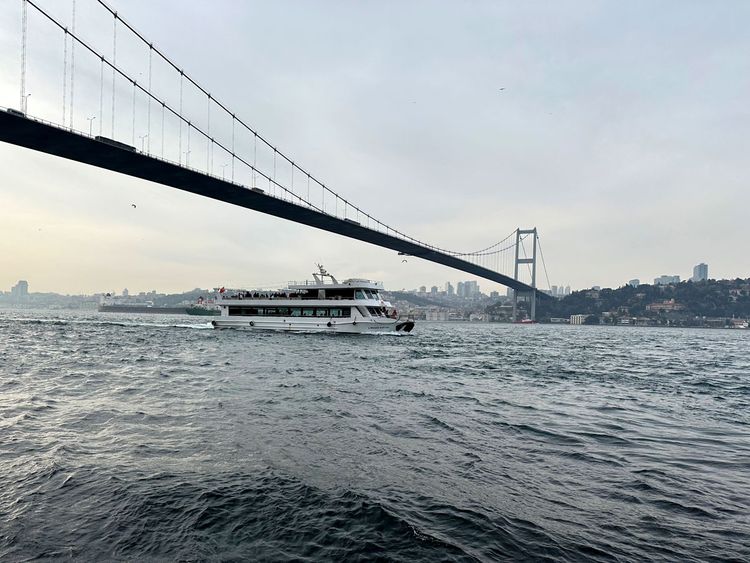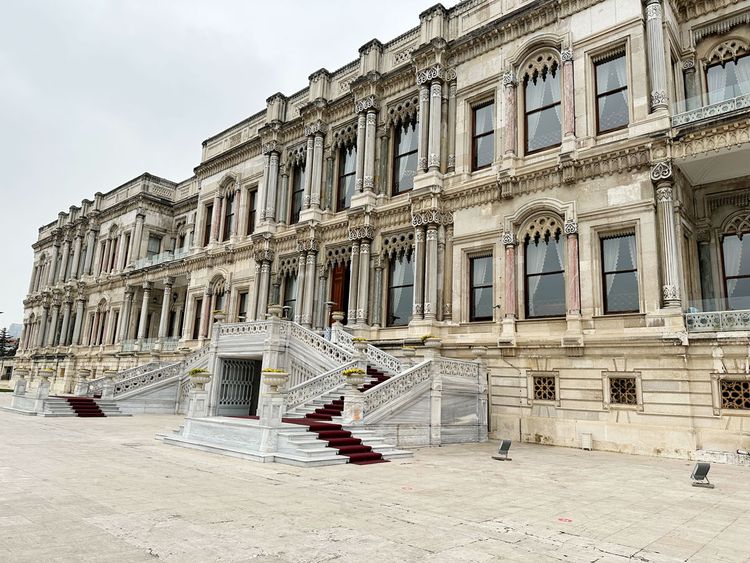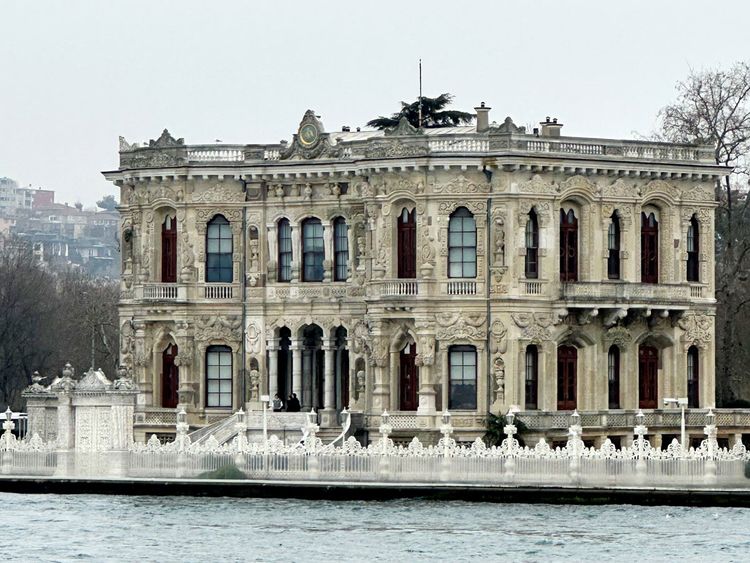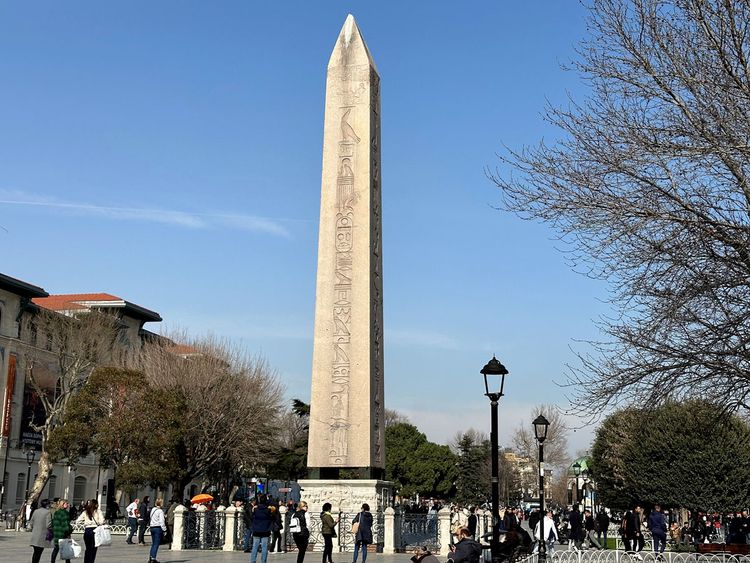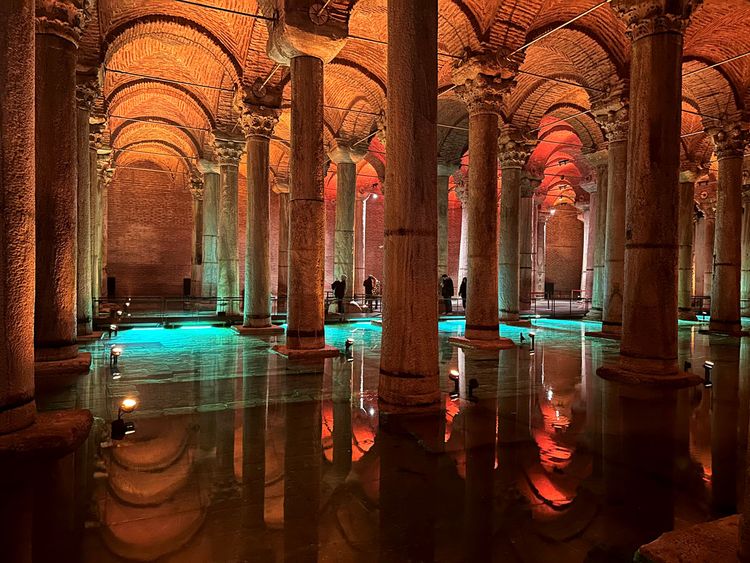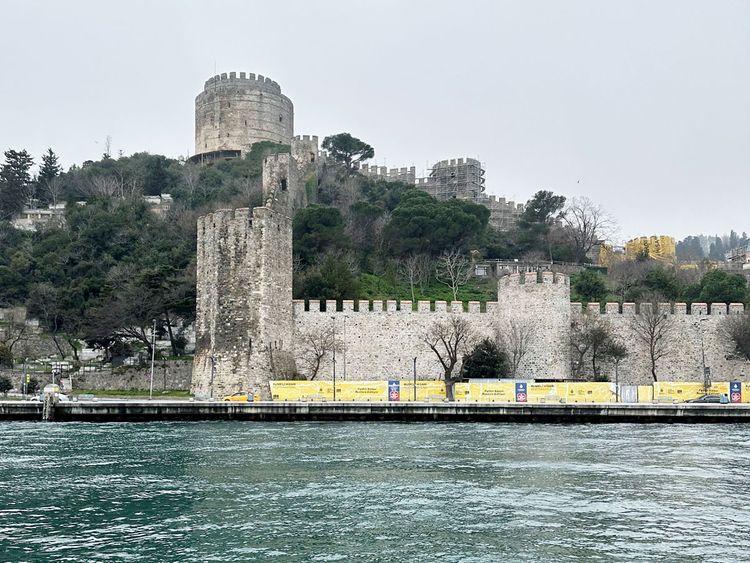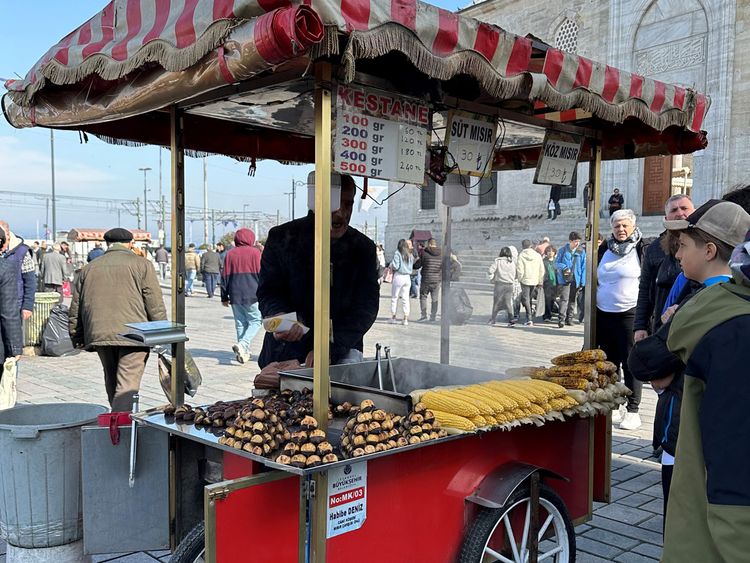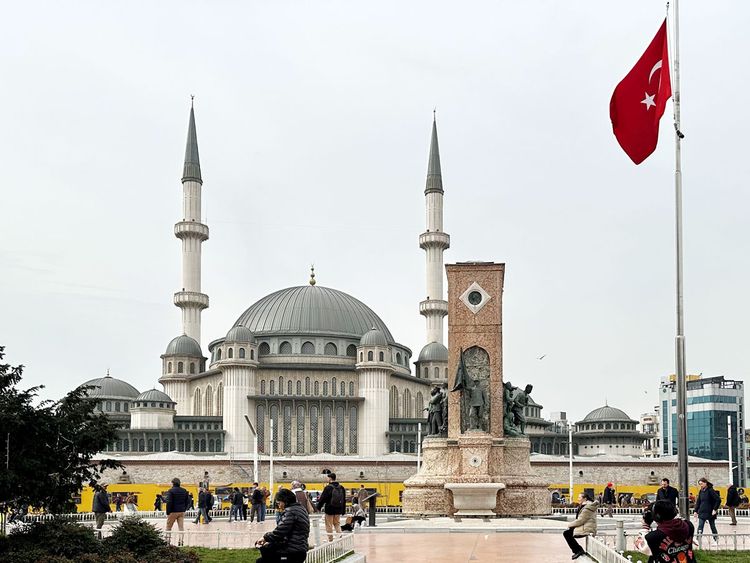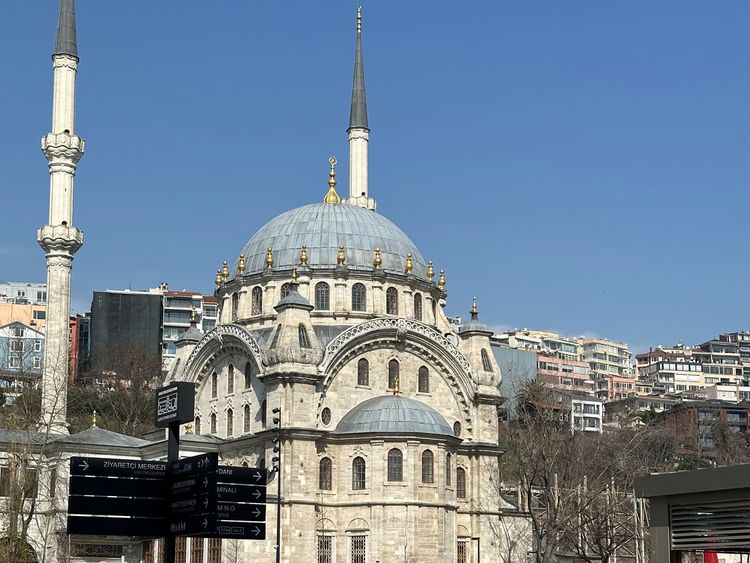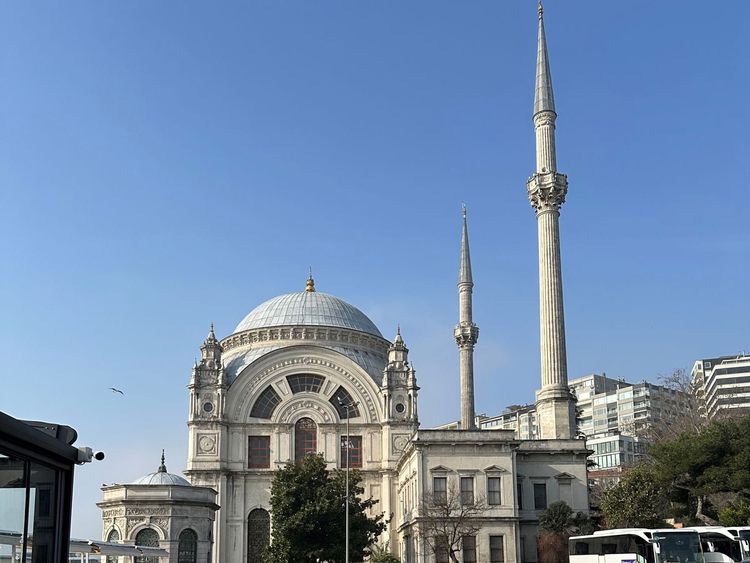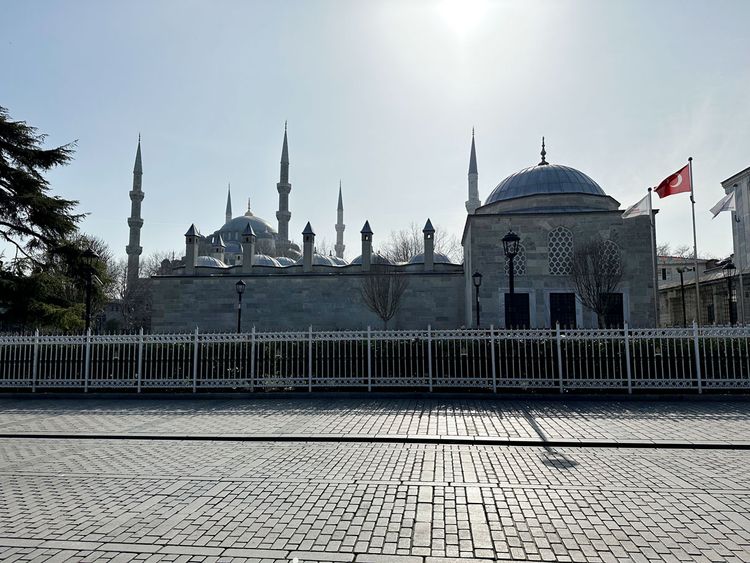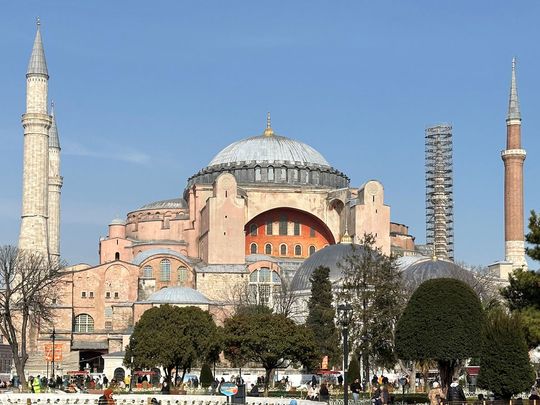
The Greeks called it Byzantium. It was Constantinople in the history books. I know it as Istanbul. The largest city in Turkey languished on my bucketlist for a long time. That was until last week. I flew Turkish Airlines to the city that straddles Europe and Asia, making it a melting pot of cultures.
Istanbul was everything and more than what I had read and imagined. History and culture remained entwined so inextricably that every step was a journey into the past. Three days with Tour Istanbul, a complimentary service provided by Turkish Airlines for international travellers with 6 to 24 hours layover, gave me a glimpse of the Ottoman capital, its history, heritage, culture and culinary delights. There was much more to the city than I had seen. And when I left, my heart kept saying, “I’ll be back.”
Watch: A swing through to Istanbul
The Bosphorus Sea — the strait linking the Black Sea to the Mediterranean through the Marmara Sea — is central to life in Istanbul. Many Turks cross the waterway every day, living on the Asian coast and working in Europe. And vice versa. So, it was only natural that the strait was crucial to my discovery of Turkey’s largest port city.
Every day, during my stay in the Address Istanbul, I motored through the Bosphorus Bridge (15 July Martyrs Bridge) and once rode the ferry as we explored the city. But nothing could beat the boat ride through the Bosphorus, which certainly was the highpoint of my stay in Istanbul.
It was a cold, dank morning with mist hovering over the blue waters as I boarded the yacht Kareem Denizcilik at the Uskudar Pier. As the winds picked up speed, my icy cold fingers reached for hot Turkish tea. I braved the elements and stayed outside the cabin on the boat to take in the sights before alighting at the Ciragan Palace Kempinski Hotel.
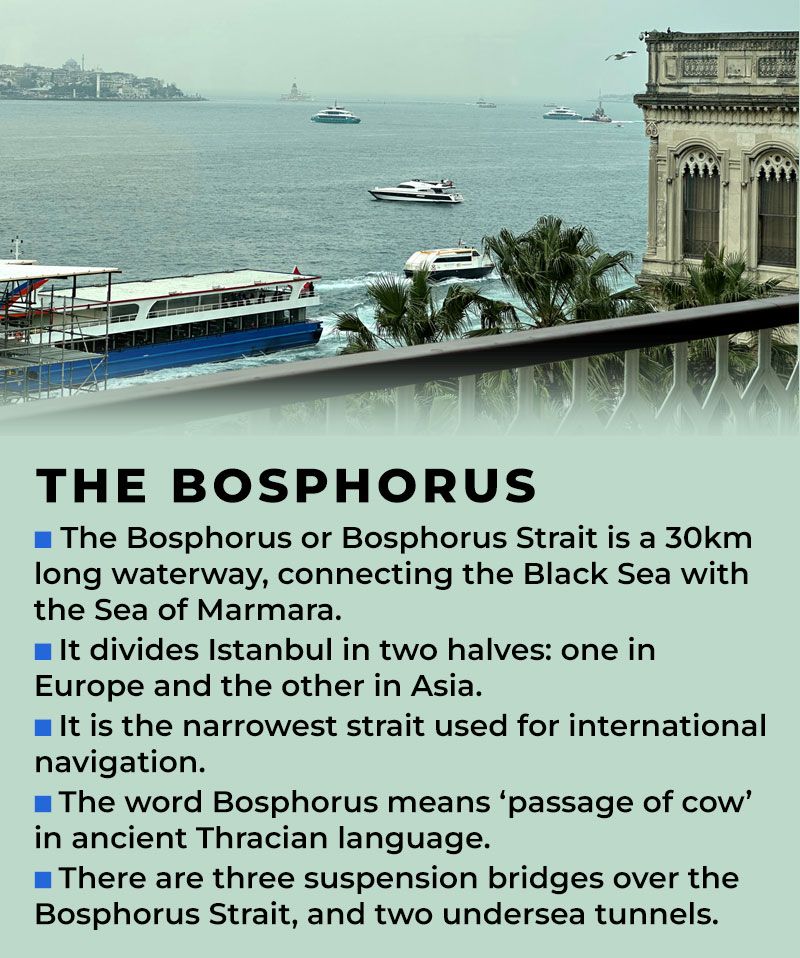
There was something magical about the Bosphorus. The undulating waters, the steady stream of ferries, tankers, and cruise ships, the three bridges, and the palaces and heritage buildings on the banks form a kaleidoscope of images that kept playing on a loop. I just stood and watched in awe. It was simply stunning.
I had a sampling of the Bosphorus a couple of days earlier. The dinner at Chacha Balik restaurant on the Asian side and breakfast at Dolmabahce Palace Cafe in Europe were special. What better ambience than the backdrop of the Bosphorus Bridge, although chilly winds drove us indoors? I will also remember it for my first Turkish coffee, sipped between bites of baklavas slathered with cream.
My first trip across the Bosphorus was to the sets of Kurulus: Osman (Establishment Osman). As OTT platforms and web series shrunk the entertainment world, Turkish television series have soared in popularity. After being dubbed into several languages and shown on several networks, the TV series now boast audiences beyond the Arab world and have a worldwide fan base. “It’s become like K-pop. We have Latin Americans coming to the sets,” our guide told us as we drove past the hills to a forested area.
Nestled in a valley of Riva, Beykoz district, are the sets of a village with hut-like structures that brought the Ottoman saga to life. Kurulus: Osman, currently in the fifth season, has been wildly popular after the prequel Dirilis: Ertugrul (Resurrection: Ertugrul) made waves for five years till 2019. The runaway success prompted the producers to turn the sets into a tourist attraction, where visitors dress up in their favourite Alps and Hatun characters and re-enact some scenes. And yes, I got to shake the bloodied hands of the lead actor Burak Ozicivit, who came off after filming a battle scene.
— worldhistory.org
That was my first taste of the Ottoman Empire, which eventually ruled Europe, Asia and the Middle East after coming to power in 1299. The Ottoman past is a recurring theme in Istanbul: two of the three Bosphorus bridges are named after the Ottoman kings Fatih Sultan Mehmet Bridge and Yavuz Sultan Selim.
The Ottoman palaces and heritage structures bring hordes of tourists to Istanbul. I made it to the Beylerbeyi Palace on the Asian side of the Bosphorus before it closed for the day. Commissioned by Sultan Abdulaziz, the Ottoman-style palace was built between 1861 and 1865 as a summer residence. A pool and fountain are the main features of the reception hall that hosted heads of state.
I caught a glimpse of the Dolmabahce Palace on the European coast, the largest monoblock palace in Turkey at 45,000sqm. Since a visit was not on the agenda, I missed seeing the fusion of Baroque, Neoclassical, and Ottoman styles of architecture.
A walk through the streets of Kuzguncuk in Uskudar district brought me face-to-face with buildings from another era. Painted wooden houses, plane trees, cafes and patisseries lined the steep roads of Kuzguncuk, which faces the Black Sea on the Asian coast. Home to a mix of Turks, Armenians, Greeks and Jews, the Kuzguncuk residents are called the Brotherhood of Religions, as the neighbourhood houses mosques, synagogues and churches.
I swung by the Galata port one morning before hitting the hippest neighbourhood in Istanbul. Karakoy was indeed a surprise packet. A bustling area with sheesha cafes, taverns, cake shops, designer boutiques and street art, the neighbourhood has a vibrant vibe, which I’m sure will be ramped up when night falls and multi-hued bulbs light up the street.
A trip to Istanbul would be incomplete without a visit to the famed Hagia Sophia, which is a mosque and museum. So after hurrying to the Hippodrome in Sultan Ahmet Square to see the Obelisk of Theodosius (the Egyptian obelisk of Pharoah Thutmose III was re-erected in Constantinople by the Roman emperor Theodosius I in the 4th century), I quickly scurried across to see the Hagia Sophia and the Blue Mosque.
The mosques of Istanbul
Turkish mosques are different, with distinct flat, semi-circular domes and thin, tall spires. They are beautiful. A quick Google reference tells me that they reflect Ottoman architectural styles with Byzantine influence. I had earlier seen the impressive Dolmabahce Mosque on the waterfront, the ornate Nusretiye Mosque, the imposing New Mosque (Yeni Camii) and later the Taksim Mosque.
After a descent into the cavernous Basilica Cistern, a subterranean Byzantine water storage structure built in 532, I headed to Taksim Square to see the Republic Monument. That was followed by a stroll down Istiklal Street, which reminded me of Meyondong Street in Seoul. But bigger and with more people. At times, it felt as if a sea of humanity was coming towards me. I was jolted out of the stupor by the clanging bell of an old tram that trundled by.
Earlier, I had studiously avoided shopping while wandering through the Egyptian Spice Bazaar, packed with shoppers and tourists. A trip to the Grand Bazaar was scrapped, so it made sense to shop at Istiklal Street. I picked up some baklavas on the way, having gorged on them in the past few days.
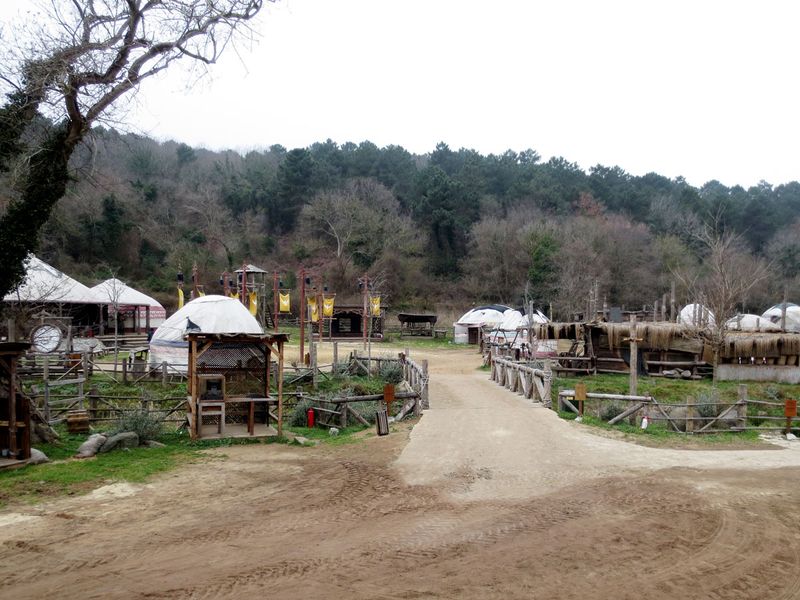
I’ve had baklavas in the past, but these were so much better. Not just baklavas, Turkish food generally sent my restraint out of the window. I avoid bread, but simit (sesame-encrusted round bread) was sensational. And cheese, so many different types. I love Turkish kebabs, but the national dish of sucuk or sujuk (spicy beef sausage) was so delicious that I ditched the kebabs. I tucked into some Ali Nazik (lamb stew) too.
The food was so good that I dreaded stepping on a weighing scale. Istanbul was indeed a gastronomic delight. It will stay with me, along with the sights and sounds of the Bosphorus.
Byzantium, Constantinople or Istanbul, the name doesn’t matter. With its culture and heritage, the throbbing city is a must-see destination. History stalks you at every step.


